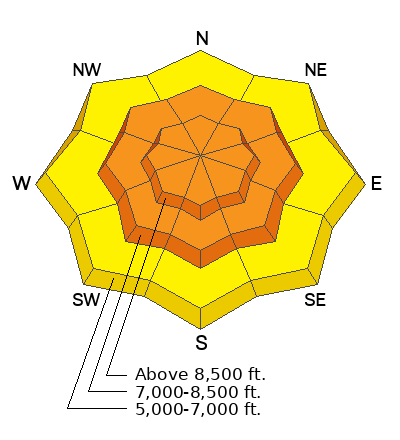Forecast for the Logan Area Mountains

Issued by Toby Weed on
Thursday morning, December 29, 2022
Thursday morning, December 29, 2022
Heavy snow and drifting overloaded slopes with widespread buried persistent weak layers and created dangerous avalanche conditions in the backcountry. CONSIDERABLE danger exists on all upper and mid elevation slopes, with dangerous human triggered avalanches likely and natural avalanches possible. Avalanches could be triggered from a good distance away or even from the flats below steep slopes. Cooler temperatures are helping to set up the remaining saturated snow at lower elevations but elevated conditions still exist, especially where there is still a couple feet of snow on the ground.
- We plan to continue to stay off and out from under backcountry slopes steeper than 30 degrees.
- Careful snowpack evaluation, cautious route finding, and conservative decision making are essential for safe backcountry travel.

Low
Moderate
Considerable
High
Extreme
Learn how to read the forecast here





